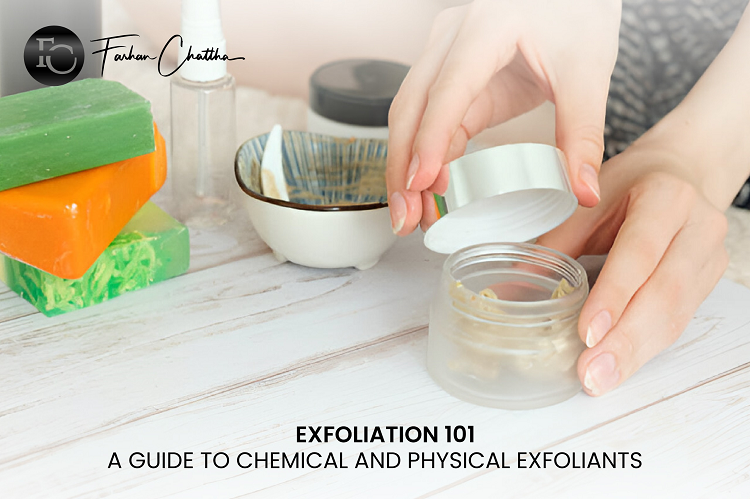Exfoliation is a crucial step in any skincare routine, helping to remove dead skin cells, unclog pores, and reveal brighter, smoother skin. With the numerous options available, navigating the world of exfoliants can be overwhelming. In this comprehensive guide, we’ll delve into the differences between chemical and physical exfoliants, exploring their benefits, potential drawbacks, and how to incorporate them into your skincare routine.
Understanding Exfoliation
Exfoliation is the process of removing the top layer of dead skin cells, promoting cell turnover and improving skin texture. Regular exfoliation helps to:
- Reduce the appearance of fine lines and wrinkles
- Improve skin brightness and evenness
- Unclog pores and reduce acne
- Enhance skin absorption of subsequent products
Physical Exfoliants
Physical exfoliants, also known as mechanical exfoliants, use abrasive materials to remove dead skin cells. Common types include:
- Sugar or salt scrubs
- Microdermabrasion crystals
- Brush or sponge exfoliators
- Physical exfoliating gloves
Physical exfoliants are best suited for normal to dry skin types, as they help remove flaky skin and improve texture. However, they can be harsh on sensitive skin, potentially causing micro-tearing and irritation.
Chemical Exfoliants
Chemical exfoliants, also known as chemical peels, use alpha-hydroxy acids (AHAs) or beta-hydroxy acids (BHAs) to dissolve the “glue” holding dead skin cells together. Popular chemical exfoliants include:
- Glycolic acid (AHA)
- Lactic acid (AHA)
- Salicylic acid (BHA)
- Polyhydroxy acids (PHAs)
Chemical exfoliants are ideal for acne-prone skin, as they penetrate deep into pores to unclog and reduce inflammation. They’re also suitable for sensitive skin, as they’re often gentler than physical exfoliants.
Choosing the Right Exfoliant
When selecting an exfoliant, consider your skin type, concerns, and goals:
- Normal to dry skin: Physical exfoliants (1-2 times a week)
- Acne-prone skin: Chemical exfoliants (2-3 times a week)
- Sensitive skin: Gentle chemical exfoliants (1-2 times a week)
- Combination skin: Alternate between physical and chemical exfoliants
Incorporating Exfoliants into Your Routine
To maximize exfoliant benefits:
- Exfoliate in the evening, followed by a nourishing moisturizer
- Start with a low frequency and gradually increase as the skin becomes more tolerant
- Be gentle, avoiding over-exfoliation, which can lead to irritation and dryness
- Combine exfoliants with other skincare products, such as serums and masks, for enhanced benefits
Exfoliation is a vital component of a well-rounded skincare routine. By understanding the differences between chemical and physical exfoliants, you can make informed choices to address your unique skin concerns. Remember to choose the right exfoliant for your skin type, start slowly, and be gentle to reap the rewards of brighter, smoother skin.

